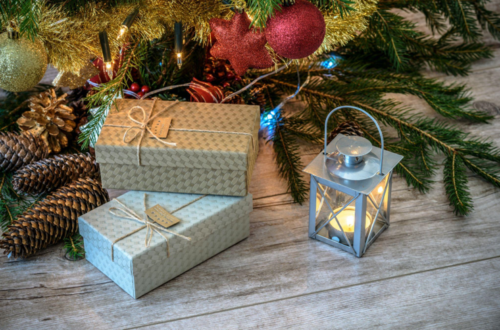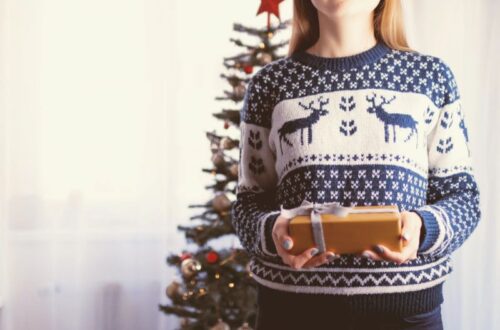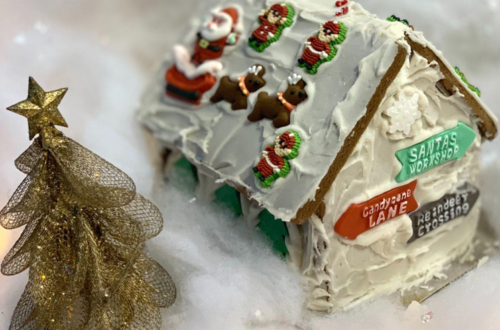
The Buzz About Artificial Christmas Trees: How Worker Bees Help Produce an Eco-Friendly Holiday
Artificial Christmas trees have recently become more popular as an eco-friendly and cost-effective alternative to real trees. But did you know that honey bees, the queen bee, and worker bees play a crucial role in producing these trees?
Buzzing Along
Artificial Christmas trees are made from materials such as PVC and PE plastic, which are non-biodegradable and can take hundreds of years to decompose. However, compared to real trees, artificial trees can last for many years and are reusable. This helps reduce the amount of waste generated during the holiday season.
So, what do honey bees have to do with artificial Christmas trees? Well, worker bees are responsible for producing the honeycomb-shaped cells on the surface of the PVC branches. These cells give artificial trees a more realistic appearance, mimicking the texture of natural evergreen needles.
On the other hand, the queen bee plays a vital role in producing the materials used to create artificial trees. The resin collected from trees and plants through the queen bees’ pheromone signals is used to make PVC, one of the primary materials to produce artificial trees.
Going Green
However, the benefits of using artificial Christmas trees continue beyond there. Since real trees need to be cut down annually, artificial trees help reduce deforestation, preserving natural habitats for bees and other animals. Moreover, using artificial trees also reduces the need for pesticides and fertilizers that can be toxic to bees and insects.
In addition to their eco-friendliness, artificial trees offer several other benefits. For instance, they don’t shed needles, which means less mess to clean up. Also, they don’t need water because they’re not alive, making them a convenient option for people hesitant to maintain a living tree.
If you’re concerned about the environmental impact of artificial trees, you can rest easy knowing that many brands are now using more eco-friendly materials in the production process. Some manufacturers even use recycled materials in the production of their trees.
In conclusion, artificial Christmas trees offer many benefits over real trees. They are reusable and long-lasting and help reduce the need for pesticides and fertilizers, which can harm the worker bees and other insects that play a vital role in our ecosystem. Knowing that these trees are produced with the help of our furry little friends, honey bees, makes them even more appealing. So, this holiday season, consider switching to an artificial Christmas tree and give the planet, worker bees, and yourself a gift of sustainability.




